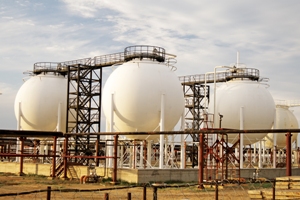The infrastructure and economic development of India depends on power and electricity generation from different resources. According to Energy and Resources Market, 88.5 Gigawatt (GW) power capacities is targeted for FY12, segmented over hydro power 10.8GW, thermal power 72.3 GW and nuclear power 5.3 GW. Both conventional (natural gas, hydro, coal, nuclear, lignite and oil) and non conventional sources (solar, wind, domestic and agricultural waste) are used to fulfill the power demands for the nation.
In FY15, India’s electricity production recorded 1,048.7 TWh with 8.4% growth compared to last fiscal figures. By 2016-17, the gross domestic energy produce is to top MTOE (oil equivalent) of 669.6 million tonnes and by 2021-22, will be 844 MTOE, as projected by the 12 Plan of the Planning Commission. The electricity production extended at 6.3% CAGR in FY10-15. The thermal Indian electricity market total capacity in 2015 is 189.3 GW, 41.6 GW for hydro and 35.8 GW for renewable energy stations installed.
What is the Market Size?
The competition in power industry of the nation is increasing for finances, fuel, manpower and logistics. The energy demand of the nation can be highest in 2030-35 against other countries, as reported by a British oil company. In July 2015, the thermal capacity was 191.6 Gigawatt. The wind energy capacity can add around 4,000 MW annually for the next 5 years.
The forecast for Indian solar installation approximate at 2,200 megawatt for 2015, as per the energy and resources market reports. The region’s wind energy market may attract Rs. 1, 00,000 crore as investments (US$ 15.7 billion), by the year of 2020. The government of India is also coming up with prominent additions to electricity market of the nation.




